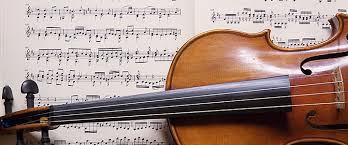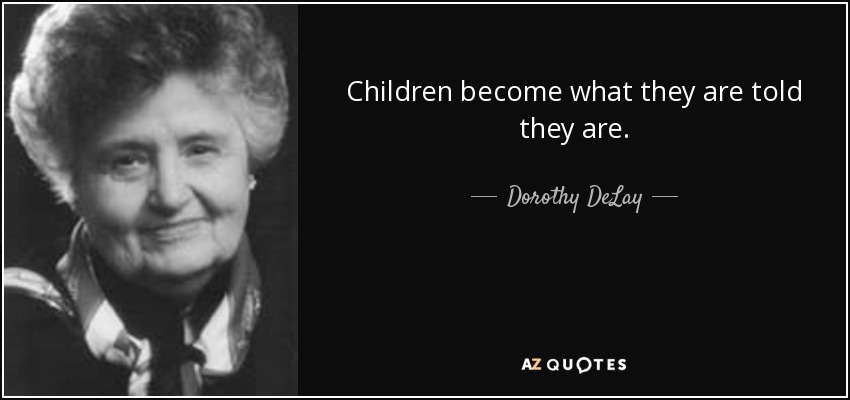
Spiral Curriculum
Spiral Curriculum
In previous articles I emphasized the importance of planning instrumental lessons on the basis of short-term and long-term goals. In this article I talk about a technique for organizing lessons, which is called Spiral Curriculum.
Spiral Curriculum is a teaching approach that was developed by the phycologist and Harvard Professor Jerome Bruner, whose theories have made an impact on the American educational system.
According to the Spiral Curriculum approach, teacher and student revisit a topic over and over again. However, they do so not as a mere repetition but every time they deepen in the topic being studied and they examine it at a higher level of difficulty. The job of the teacher is to deconstruct the topic and teach each of its components separately, starting from the most accessible.
How fast a teacher moves from one stage of difficulty to the other depends mainly on the student. A teacher can stay at a level of complexity for some time or they can leave the topic aside for a while and revisit it again in the future. It is essential that a student gets enough time to assimilate the knowledge on a topic. A mistake that many teachers do is that they think their student has grasped a topic or concept and they move on to the next or the next level of complexity just to find out that the student hadn’t really assimilated it. Furthermore, it is good to leave time before revisiting a topic because the student is then forced to use their memory. This way the students can exercise their memory and the topic in focus is instilled deeper in their mind.
A characteristic of Spiral Curriculum is that it builds on prior knowledge. The example I provide at the end of this article underscores that, through using Spiral Curriculum, as the level of complexity of a topic increases, it is gradually interconnected with other topics.
Another characteristic of this approach is that it enables the teacher to introduce complex topics, concepts or practices from the early stages of ones’ learning. A good example is the vibrato, which many teachers introduce after the third or fourth year. Adopting the spiral curriculum approach, the vibrato could be introduced even from the first year with simple exercises for the wrist or the nail joint movements that are crucial for a good vibrato.
The Spiral Curriculum is also an effective approach to be adopted during practicing as it helps the learner organize one’s practice in steps of increasing complexity and difficulty.
To conclude this article, I would like to offer an example of how the technique of detaché bowing could be introduced during violin lessons using the approach of Spiral Curriculum.
1st level: The student starts with single bow strokes at the upper part of the bow (middle to tip) and focuses on keeping a straight bow as well as on the sound quality. The teacher encourages the student to improve their ability to evaluate their sound whilst trying out the technique.
2nd level: The student keeps on practicing single bow strokes at the upper part of the bow but this time using rhythmic patterns. Here, the teacher could place more emphasis on sound production because the variables of speed and pressure are different for the longer and the shorter notes.
3rd level: The student practices the detaché in every part of the bow so that they can feel and understand the different “give” of the bow hair and the bow stick. In short, when you press at the frog, the hair bends but not the stick. In the middle, the hair and the stick bend equally. At the tip only the stick bends at the middle of the bow.
4th level: The student combines detaché bow strokes with finger pattern in the left hand. Here the focus could be placed on the coordination of the hands.
5th level: The student practices detaché playing melodies that use all four strings. Here the teacher could introduce the technique of string crossing.
6th level: The student practices detaché in fast speed. Here the teacher could focus on the sound quality, hand coordination as well as in wrist and finger movement that is required for the fast bow strokes.
7th level: The student exercises detaché using melodies that include shifting. Here the focus could be on left and right-hand coordination so that the shifting is inaudible.
8th level: Detaché bowing combined with finger patterns in high positions. Here the focus could be on the sound quality because when playing in high positions the student has to play much closer to the bridge and with much less pressure.
The detaché technique at each one of these levels should be reinforced through the appropriate etudes and pieces from the violin literature.
Please, try the spiral curriculum approach in your teaching and practicing and I will be happy to receive your comments.



